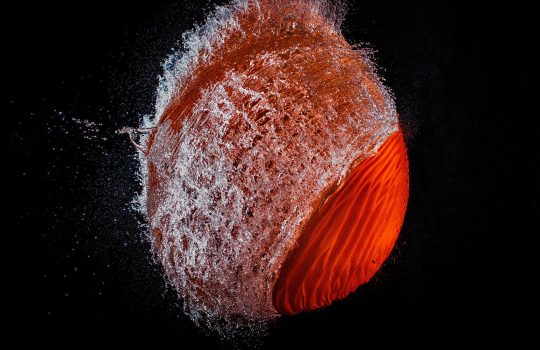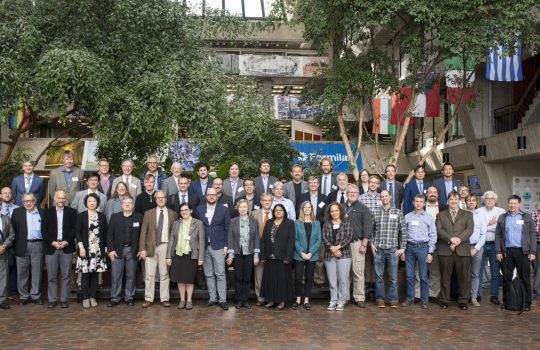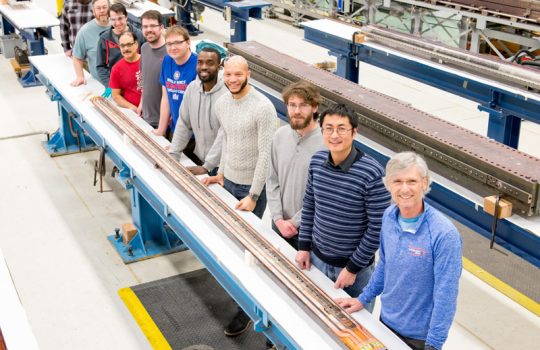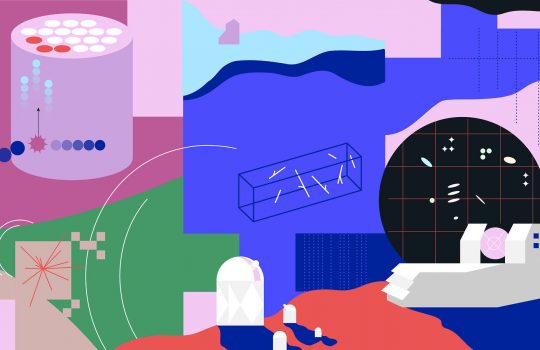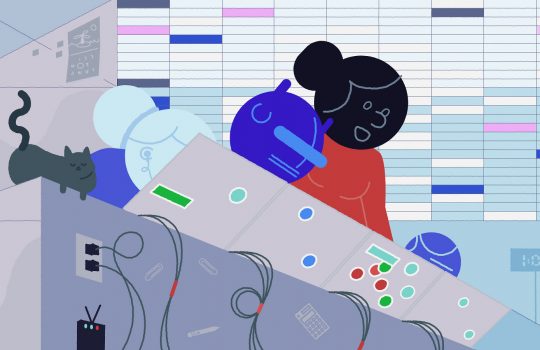The status of supersymmetry
- ATLAS
- beyond the Standard Model
- bosons
- CERN
- CMS
- dark matter
- fermions
- Higgs boson
- High-Luminosity LHC
- HL-LHC
- Large Hadron Collider
- LHC
- Standard Model
- supersymmetry
Once the most popular framework for physics beyond the Standard Model, supersymmetry is facing a reckoning — but many researchers are not giving up on it yet.



